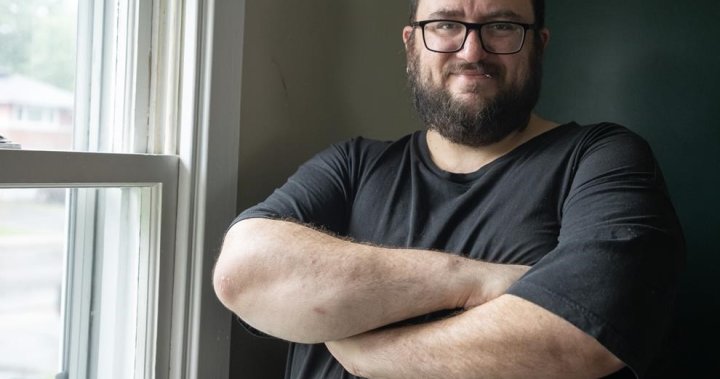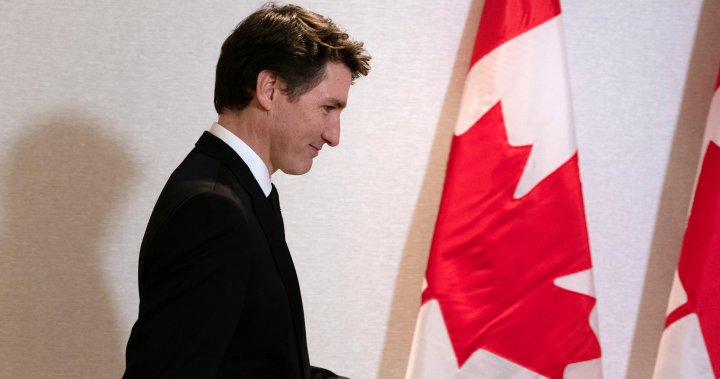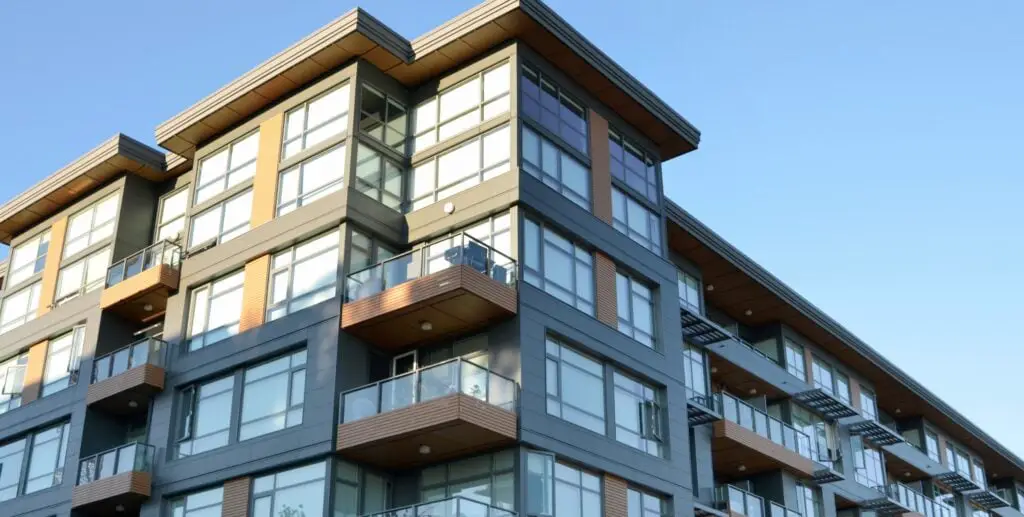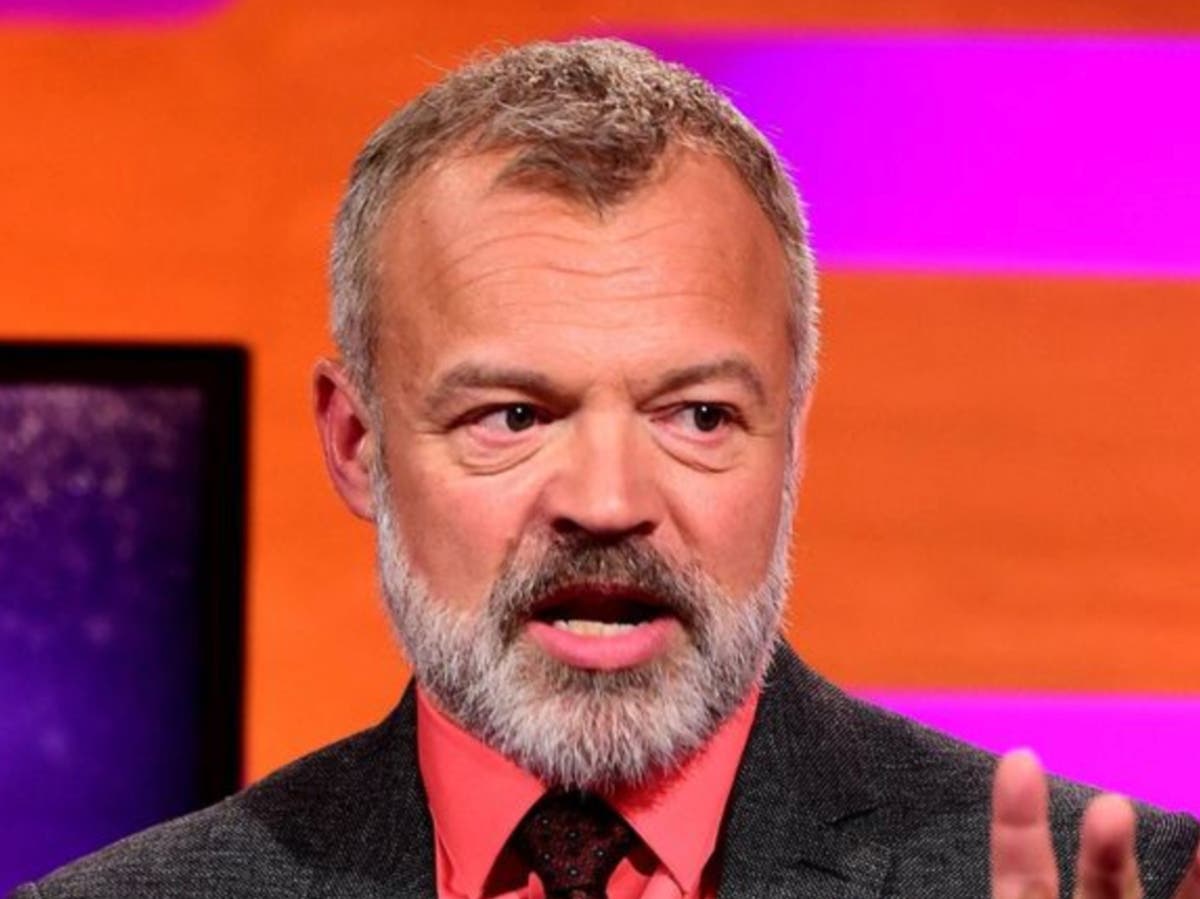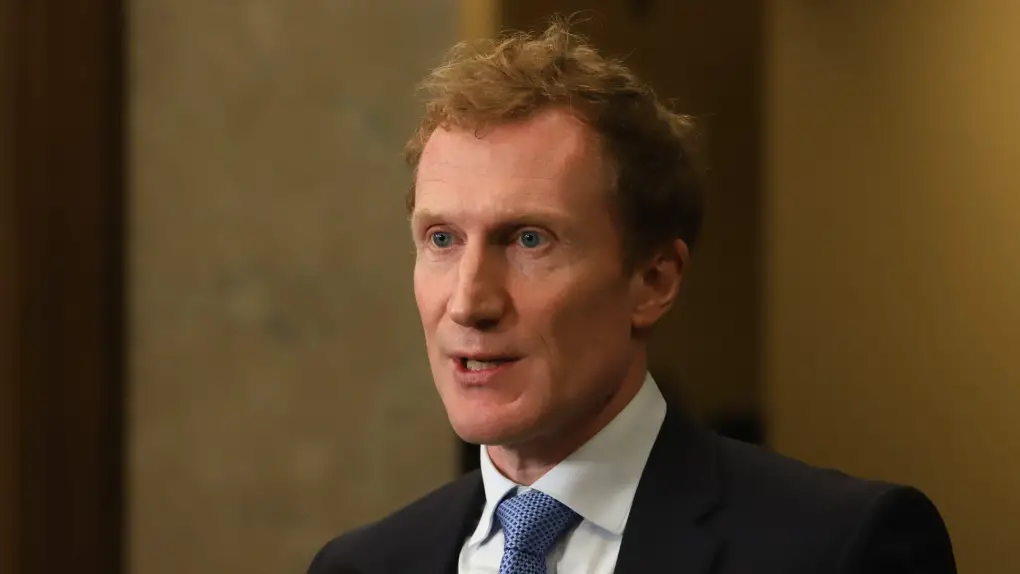
Immigration Minister Marc Miller says the federal government is “looking at a number of options” to re-evaluate permanent resident levels in Canada and says any upcoming changes will not be “cosmetic” but “significant.”
“Now it’s time to take a look at them and put real options on the table for the prime minister and for other cabinet ministers to look at, and not cosmetic changes simply to deal with public opinion. Real significant change,” Miller said in an interview Monday with CTV News Chief Political Correspondent Vassy Kapelos.
Miller made the comments while attending the Liberal cabinet retreat that is underway until Tuesday in Halifax.
As many Canadians face housing and affordability concerns, the federal government has faced ongoing pressure to address the number of temporary and permanent residents coming to Canada.
On Monday, the federal government announced stricter rules to reduce the low-wage stream of temporary foreign workers after a surge in recent years to address the post-COVID labour shortage.
But Prime Minister Justin Trudeau also signalled more immigration changes will come this fall for permanent residents. A possible reduction in permanent resident levels could mark a major policy reversal for the Trudeau government.
“We’re looking at the various streams to make sure that as we move forward, Canada remains a place that is positive in its support for immigration, but also responsible in the way we integrate and make sure there’s pathways to success for everyone who comes to Canada,” Trudeau told reporters in Halifax on Monday.
Last November, the federal government announced it was freezing permanent resident targets over the next three years to ensure sustainability. There is an aim to bring in 485,000 permanent residents in 2024, and 500,000 in both 2025 and 2026. Those projected numbers are a more than 50 per cent increase from the 296,000 permanent residents welcomed in 2016.
When pressed by Kapelos on what “significant” changes to permanent resident levels mean, Miller said “all options are on the table.”
“There will be considerations about whether we reduce what type of immigration that we are supporting. Sixty per cent of our immigration is economically driven. That is probably unprecedented with countries that we compare ourselves to,” Miller told Kapelos.
“But we have to see if we’ve done this in the right way, and if that growth merits to continue, needs to be paused or even reduced.”
Asked whether he takes accountability, as minister, for an overheated immigration system, Miller said “every minister needs to take responsibility for the files they’re in.”
“I think that’s the responsibility I have and in the next year, I think Canadians expect us to continue to take aggressive action where they think it makes sense for the economy in their lives,” Miller said.
Back in January, Miller announced a two-year cap on the number of permits for international students. This year, the government will approve about 360,000 undergraduate study permits – a 35 per cent reduction from the nearly 560,000 issued in 2023.
A Bank of Canada economic progress report from last December acknowledged strong immigration numbers since 2022 have helped boost Canada’s workforce, but “the bigger issue is that Canada’s housing supply has not kept pace with recent increases in immigration.”
Statistics Canada said the country’s population in 2023 grew faster than it has at any time since the 1950s due to a sharp rise in temporary residents. Canada’s population surpassed 41 million people in the first quarter of 2024, to reach 41,012,563 on April 1, 2024.
You can watch the full interview with Immigration Minister Marc Miller at the top of the article.

